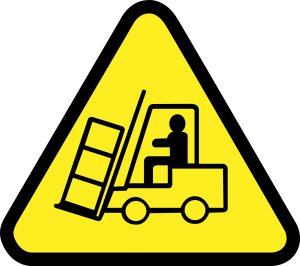Safety Stock Calculation: A Comprehensive Guide to Protecting Your Inventory
Are you struggling to balance inventory levels and customer demand? Understanding and implementing safety stock calculation can be the key to maintaining optimal inventory levels while ensuring customer satisfaction.

What is Safety Stock?
Safety stock is the extra inventory businesses keep on hand to prevent stockouts due to unexpected events such as sudden increases in demand or supply chain disruptions. Proper safety stock calculation is crucial for maintaining efficient operations and customer satisfaction.
The Importance of Safety Stock Calculation
- Prevent stockouts
- Reduce excess inventory
- Improve customer service levels
- Optimize working capital
Basic Formula
The most common formula is:
Copy
Safety Stock = Z-score × Standard Deviation of Demand × √Lead Time
Where:
- Z-score is the number of standard deviations for your desired service level
- Standard Deviation of Demand is the variability in demand over a specific period
- Lead Time is the time it takes to receive new inventory

Advanced Methods
For more accurate safety stock calculation, consider these advanced methods:
- Variable Lead Time Method
- Fixed and Variable Method
- Greasley’s Method

Implementing in Your Business
To effectively implement:
- Gather accurate historical data
- Choose the appropriate calculation method
- Regularly review and adjust your safety stock levels
- Use inventory management software for more accurate calculations

Common Mistakes
Avoid these common pitfalls:
- Using inaccurate or outdated data
- Neglecting to account for seasonality
- Applying the same calculation method to all products
- Failing to regularly review and adjust safety stock levels
By understanding these concepts and implementing proper, you can significantly improve your inventory management practices.
